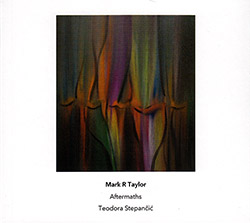
Works for solo piano by Mark R Taylor, beautifully played by Teodora Stepancic, the first CD release by a remarkable but neglected English composer whose piano works present a metrically rhythmicized exploration of a generative spectrum, here featuring works dating between 1979 and 2018 and performed by Serbian pianist Teodora Stepancic.
Out of Stock
Quantity in Basket: None
Log In to use our Wish List
Shipping Weight: 3.00 units
Sample The Album:
Mark R. Taylor-composer
Teodora Stepancic-piano
Click an artist name above to see in-stock items for that artist.
Label: Another Timbre
Catalog ID: at133
Squidco Product Code: 26756
Format: CD
Condition: New
Released: 2018
Country: UK
Packaging: Cardboard Gatefold
Recorded at Patrych Sound Studios, in Bronx, New York, on june 17th, 2018, by Joseph Patrych.
Another Timbre Interview with Mark R. Taylor:
What is your musical background, and how did you come to experimental music?
Born 1961, London. Began both playing the piano and writing music aged 4. ARCM Performer's Diploma 1978; Regional Finalist, BBC 'Young Musician of the Year' Competition 1978; concertos with local and national youth orchestras 1977-79. - But surely none of this is really relevant?
I could joke that I read the Michael Nyman book when it came out, and 'self-radicalised'. But those were the days when you could give yourself quite an education - and I did - just by listening to Radio 3's 'Music In Our Time' (Xenakis one week, Steve Reich the next...), and in fact by the time the Nyman book appeared I'd already written 'Patterns 1' (1973) and 'Patterns 2' (1974). I realised from his account of the work of Howard Skempton and Hugh Shrapnel that I was already doing exactly what was being described: I was already an English Experimental Composer!
Yes, I self-educated partly through listening to Music In Our Time as well, though for some reason I assumed at the time that what was happening on the continent or in the States must be more interesting than what was happening in England. Do you see your music as belonging specifically within the English experimental tradition? And if so, how did that come about, given that you started so young and without really knowing there was such a tradition?
'English' not at the very outset, no: 'Patterns 1' stemmed from talk of vectors (I knew what they were from school maths) in Xenakis. My reimagining was to realise them in terms of 'distance travelled over the keyboard': and 'distance over the keyboard' was going to be that much more apparent to an audience if the pianist was playing only on the white keys. (Process apprehensible to an audience, and material going in and out of phase, were obviously from Reich - and if you'd heard the opening of Evryali when it was new, you could have been excused for thinking a confluence between Xenakis and Reich was where the future was leading anyway!)But then when I read Michael Nyman's account of Hugh Shrapnel in particular (but also Howard Skempton) - the radical simplicity, the patterning, the white-note-ish-ness - there was a real shock of recognition.
So did you go on to study music at college or university? And did new influences emerge there?
The 'new influences' were really in place earlier: Radio 3 (again) had broadcast eg Scelsi's 'Quattro Pezzi' in 1978, bringing crucial awareness of a different sort of 'minimalism' from Reich's.
My school wasn't confident of preparing pupils for Oxbridge Entrance in Music, but had a very strong Languages department, so my university scholarship was in Classics & Modern Languages. (Not in itself an impossible bar: you know Michael Parsons read Classics at Oxford!) But after one disobliging comment too many from my Classics tutor about the number of concerts I was giving, I changed to read Music. A well-stocked Music Faculty Library was a boon, but any real expansion of horizons in the early '80's was down to assiduous London concert-going, particularly eg to Adrian Jack's legendary series at the ICA, bringing unforgettable encounters with everyone from Horatiu Radulescu to Clarence Barlowe and Chris Newman.
Aftermaths is obviously all piano pieces. Is the piano central to your work as a composer, or have you written a lot for other instruments as well?
I am drawn - increasingly, actually - to other media, but it would be silly to deny the centrality of my own instrument. (Well, if it was good enough for Chopin/Skryabin/Mompou/Finnissy. . . .)And its possibilities and, even now, potential - I used to joke (never having had the connections to be invited there) that the piano was my IRCAM...
Stylistically your piano music seems to be fairly consistent across a long period of time, with a simple processual quality common to both early and recent pieces. Is that a fair comment, or have there been significant stylistic developments in your music that aren't immediately apparent?
Having precociously ingested minimalism, experimentalism, musique spectrale etc., by the time I was 18, my aesthetic was essentially formed - or at least all the elements were in place. I've since then periodically pursued further exploration of one particular aspect or another - the politically engagé in my vast anti-Thatcherite diatribe 'Victorian Values', for instance (I regard the loss of Cardew as the paramount calamity to befall British music) - with concomitant 'stylistic' implications in some cases.Recently, for all their possibly too-glib geometrical perfection, I've felt increasingly drawn to try to recapture the purity of my earliest, rigorously systematic pieces. But essentially the urge is, and long has been, syncretic, towards as internally-coherent an idiom as possible. This remains very much an on-going agenda.
Is the desire to compose using an internally coherent system a way of limiting or containing the emotional effect of your music?
Not consciously limiting or containing, no, absolutely not. As I said, 'Patterns 1' was my own extrapolation from some of the music that most excited me (Xenakis and Reich). As to accounting for that excitement, why an artist is drawn instinctively to one aesthetic or another is surely a matter of deep personal psychology - the attraction to rules and constraints (from Stravinsky's 'the more I am limited.....' to Ferneyhough), what we would now call obsessive-compulsive tendencies (characteristic of any number of my creative heroes, from Ravel to Wyndham Lewis), an over-developed superego, one's relationship with one's father.....What was conscious in intent, and what I still value - unashamedly - in my earliest pieces is the neatness with which any problematic dichotomy between form and content is tackled head-on, for instance.
Yes that makes sense. In fact I find your music very moving. Does it feel strange when you hear the music played by other pianists, given that you play them yourself?
'Strange'? No. Flattering and exciting, yes. And it's not as if it's never happened before. One of my pieces, when it was new, was taken up by 3 different pianists, and at one point had performances in 3 different countries in the space of 3 weeks. And all this just from people hearing it, liking it and asking for copies: not from any artificial hyping from a publisher. In fact I wondered if that kind of achievement might actually attract the interest of a publisher. But of course it didn't.
How did the pianist Teodora Stepančić come to your music? And did you talk with her in detail about interpretation, or did you take a more hands-off approach?
Teodora came into contact with my music via Richard Barrett, who has been a loyal supporter of my work for decades. When he moved to Belgrade and re-married, Teodora was part of his wife's circle and Richard suggested to her that she might enjoy my music. Working with Teodora has encompassed a whole spectrum, from details down to the level of individual chords in some cases, to other instances of whole pieces where I simply trusted her to do what she wanted, without interference.
Could you tell me about the titles of some of the pieces on the CD? Some are clearly dedications to people you admire, others are more conventional pianistic titles, and others, well I'm not sure what they are....
Liliane Lijn, Alex Schady and Marc Hulson are all artists whose work has inspired me. Analogies between music and visual media -- and the uses that can be made of such analogies -- form one of my most long-standing aesthetic preoccupations.
As for Aftermaths: all puns intended, I'm afraid. If much modernist music used popularly to be lambasted as 'mathematical', I suppose 'post-modernism' implies that we are somehow past all that. That I might be beginning to find this regrettable you may infer from my remarks about being increasingly drawn back to the convictions motivating my very earliest mature works. I can hardly feel other than that, artistically speaking, we have been left picking up the pieces in a situation where much contemporary music would be a lot stronger if it were a sight more mathematical!
If Aftermaths, though, has a very faintly ironic tang, the 19th-century genre-titles of some recent works evince what John White would call 'meta-irony'; the books of Moments Musicaux borrow a designation from pieces by eg Rakhmaninov and Medtner which I love, but refer also to Stockhausen's 'moment-form', consisting as they do of individual fragments which can be differently ordered in performance. And EXPLICIT is the late-Latin tag customarily translated 'Here endeth. . .' (the lesson, or whatever): this work stems from reflections on loss (of a friend's wife, of my mother), and thus partakes of what the author of the Tempo article on me describes as an entire 'genre of valediction' (to which 'final music' also belongs).
My sense is that over the past ten years or so there has been a resurgence of interest in music in the experimental tradition that you identified with at the start of your composing life. Is that something that you have felt too, or do you feel far removed from the shifts and currents of the contemporary music world?
In your first point I'm sure you're right. I felt it most tangibly in my last generation of students, some increasingly drawn eg to the sort of multi-media manifestations one could think of as 'neo-Fluxus' (although they mightn't thank me for that term, any more than the Fluxus artists would have welcomed being dubbed 'neo-Dada').
But having said that, I have next to no personal interest in the theatrical, and your second observation is equally true: I increasingly feel, if not at odds, then certainly at an oblique angle to much around me - like a sort of Fauré in the age of Satie (or Poulenc): while others are setting nonsense-poetry, or driving on to stage in a small Citroën to receive applause for their ballet with its orchestra of typewriters, I am at home, disillusioned and deaf, writing my Thirteenth Nocturne - or, if you'll forgive an even more extreme simile, driven into internal exile, like a sort of Sorabji of minimalism.
However, I am (mirabile dictu) not completely disillusioned, certainly not deaf, and, so far, only up to five Nocturnes. . .
.
The Squid's Ear!
Artist Biographies
• Show Bio for Mark R. Taylor "Mark R. (Richard Bush) Taylor, Born Saturday, October 7, 1961 in London, Great Britain Not to be confused with his near contemporary and near-homonym Matthew Taylor,the neo-tonal symphonist. As both pianist and composer, Mark R. Taylor was among the first to attempt a juxtaposition, rapprochment and ultimate fusion ofthe concerns of the 'maximalist' avant-garde (e.g. Ferneyhough, Finnissy) with the British 'experimental music' tradition (e.g. Skempton, Cardew); the work of Morton Feldman and French 'musique spectrale' were also important influences. However the roots of MRT's aesthetic clearly reach much further back: into Scriabin, for instance, and perhaps most tenaciously into the grimly mystical, 'Gothic' Satie of the Messe des Pauvresand Ogives. This is especially clear in MRT's piano pieces, which consist almost exclusively of systematic exploration of the chromatic field through fluid processes of reiteration and gradual alteration of the constituent pitches in salient chord-shapes. The effect is often of a kind of chorale (cf the 12 petits Chorales of Satie), but one radically opposed to any sense of comfort or closure. Being his most frequently performed works, the piano pieces may give an unduly restricted impression of this composer's concerns. The ensemble pieces are naturally imbued with elements of polyphony and heterophony, and almost every work involving a non-keyboard instrument employs microtones. It might be argued that the piano pieces' searching exhaustion of their own harmonic premises betokens a metaphysical desire for finer and finer gradations than the tempered keyboard will allow: and that the frustration of that desire by brute physical facts is an inherent element of their expression. In any case their pertinacious homophony does not inevitably render their interpretation simple, or technically easy: the metrically rhythmicized exploration of a generative spectrum can engender its own severe virtuosity, as eg in 'Study', whose title refers both to Conlon nancarrow's player-pianos tudies and to the electronic 'studies' of musique concrete. From the late 1980s Taylor's growing concern with music's potential for aesthetic (and, increasingly, political) critique initiated several multi-mediaprojects, principally in the field of 'abstract music-theatre'. 'Victorian Values' - arraigning Thatcherism through 19th-century newspaper cuttings;'Believe in Love' - on the life and death of the American gay serial killer Jeffrey Dahmer; and 'Silence' - after the novel by Shusaku Endo - naturally extend the exploration of alienated states (isolation, obsession, loss) which earlier pieces had pursued in purely musical terms." ^ Hide Bio for Mark R. Taylor • Show Bio for Teodora Stepancic "Teodora Stepancic, born in Belgrade Serbia. She studied piano and composition at the University of Arts in Belgrade and the Royal Conservatory in The Hague. Among her teachers are: Gilius van Bergeijk, Yannis Kyriakides, Martijn Padding, Louis Andriessen, Vlastimir Trajkovic, Dejan Stosic, Aleksandar Sandorov, Ljiljana Vukelja, Milica Vasiljevic. She participated masterclasses for piano, composition, improvisation and electronic music, working with Paul Goulda, Eric Lesage, Kemal Gekic, Messiah Maiguashka, Peter Michael Hamel, Alvin Currin, Richard Ayres, Caliope Tsoupakis, David Toop, Kim Cascone, Ray Lee, Manos Tsangaris, William Forman. Teodora Stepancic is active as composer, pianist, performer and improviser and collaborated with ASKO Ensemble, Orkest de ereprijes, Holland Symfonia, Netherlandse Blazers Ensemble, PreArt Soloists (Switzerland) etc. She is member and co-founder of may ensembles: ensemble Modelo62 (Holland), D€N HAAG A££$TAR$ €NS€MBL€ SZ group with Miguelangel Clerc and Grzegorz Marciniak und die Serbian Sound Youth mit Maja Lekovic und Svetlana Maras. Teodora Stepancic has given converts in Holland, Serbia, Switzerland, Israel, Lithuania, UK, Bosnia and Hercegovina, Macedonia, Albania etc., on the festivals such as Gaudeamus Music Week, Dag in de branding, November music, Noordelijk film festival, BBC Proms (London), Process (Vilnius), Internetional review of composers, KOMA (Belgrade)." ^ Hide Bio for Teodora Stepancic
7/9/2025
Have a better biography or biography source? Please Contact Us so that we can update this biography.
7/9/2025
Have a better biography or biography source? Please Contact Us so that we can update this biography.
Track Listing:
1. For Alex Schady I 3:10
2. From Moments Musicaux Book 1 1:15
3. From Moments Musicaux Book 1 1:30
4. From Moments Musicaux Book 1 3:35
5. Aftermaths Set One 5:18
6. From Moments Musicaux Book 4: Explicit 1:40
7. From Moments Musicaux Book 4: Explicit 2:09
8. From Moments Musicaux Book 4: Explicit 2:11
9. Aftermaths Set Two 3:26
10. Lijn 8:03
11. From Preludes: Nos I 4:28
12. From Preludes: Nos II 0:22
13. From Preludes: Nos III 0:18
14. From Preludes: Nos IV 0:15
15. From Preludes: Nos V 0:12
16. From Preludes: Nos VI 0:18
17. From Preludes: Nos VII 0:36
18.From Preludes: Nos VIII 1:10
19. For Marc Hulson V 3:27
20. Second Nocturne 9:30
21. Final Music 3:13
Compositional Forms
NY Downtown & Metropolitan Jazz/Improv
Piano & Keyboards
Solo Artist Recordings
New in Compositional Music
Search for other titles on the label:
Another Timbre.

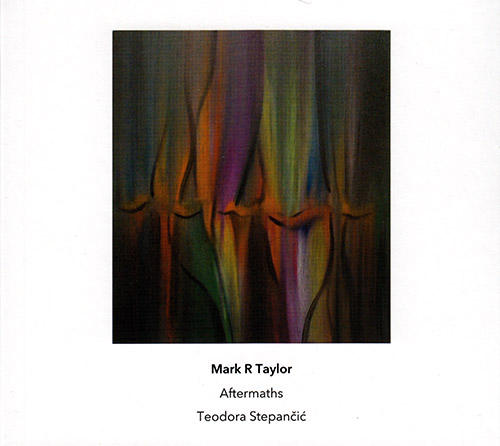
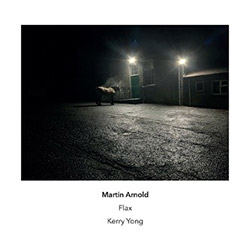
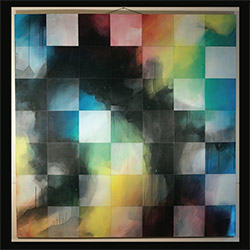
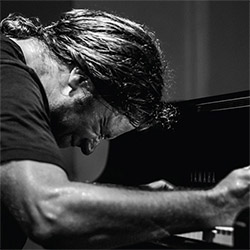
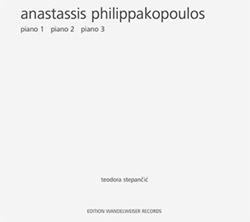
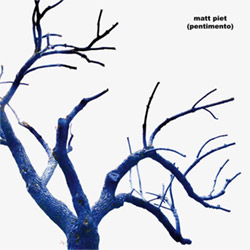
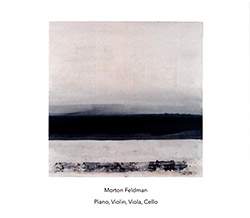
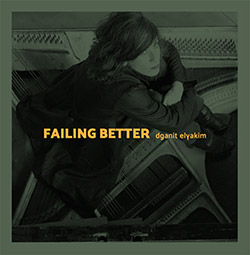
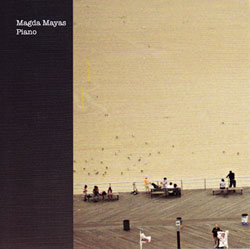
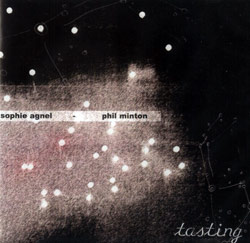
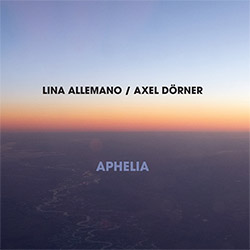
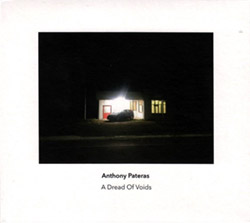
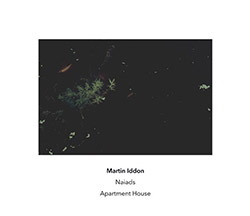
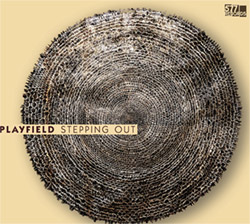
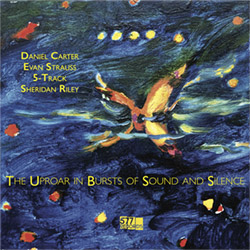
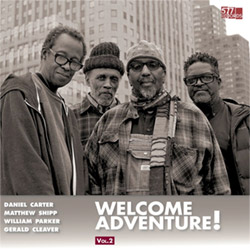
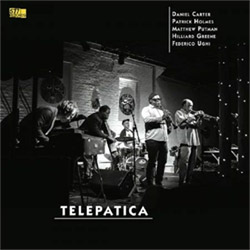
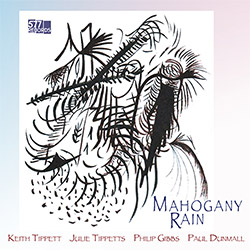
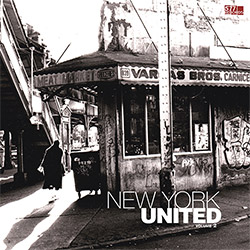
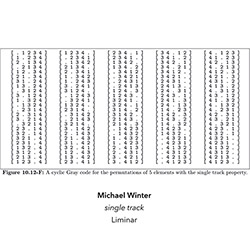
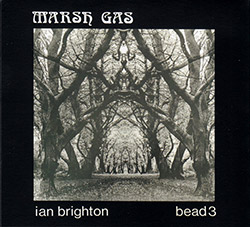
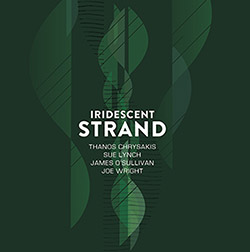
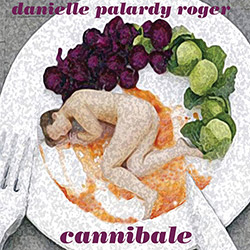
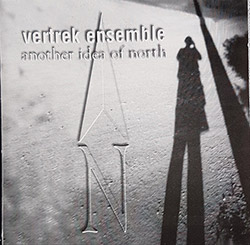
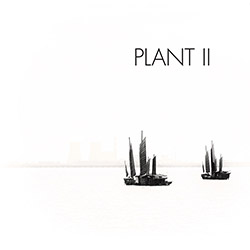
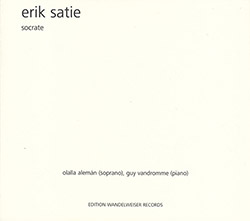
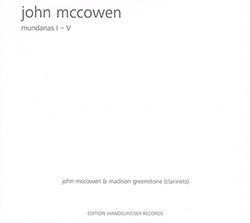

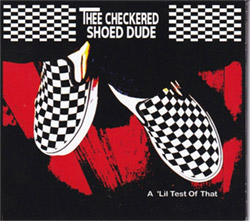
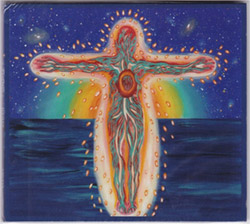
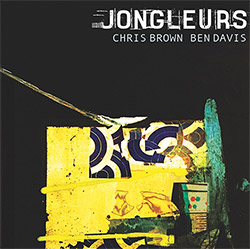
![BlueRing Improvisers: Materia [2 CDs]](https://www.teuthida.com/productImages/misc4/36513.jpg)
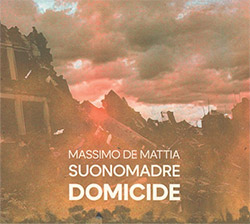
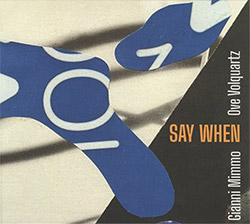
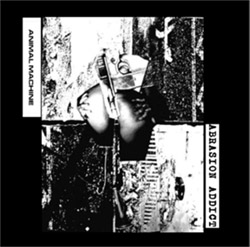

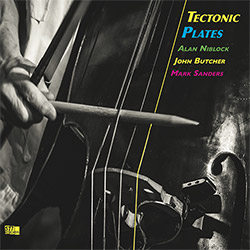
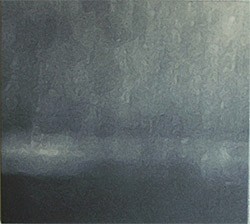
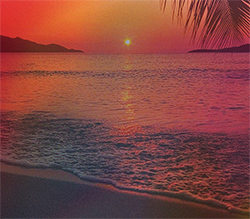
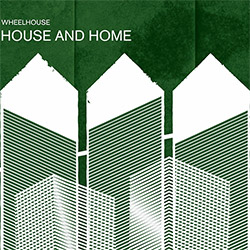
![Wheelhouse (Rempis / Adasiewicz / McBride): House And Home [VINYL]](https://www.teuthida.com/productImages/misc4/36462.jpg)
![+DOG+: The Light Of Our Lives [2 CDs]](https://www.teuthida.com/productImages/misc4/36009.jpg)

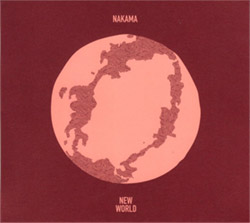
![Parker, Evan / Jean-Marc Foussat: Insolence [VINYL]](https://www.teuthida.com/productImages/misc4/36398.jpg)
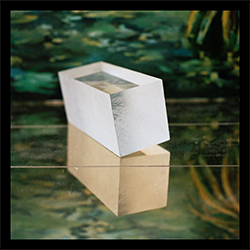
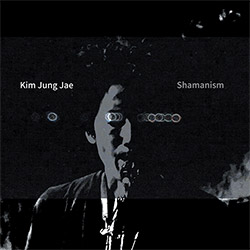
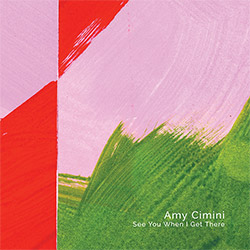
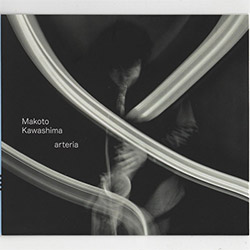
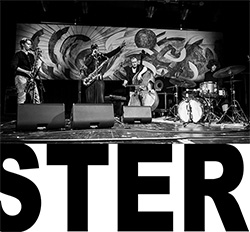
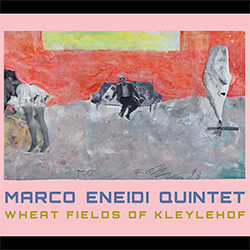
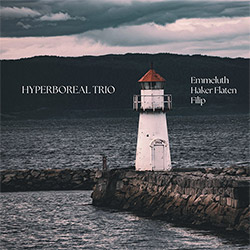
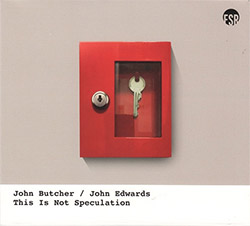
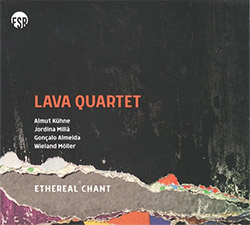
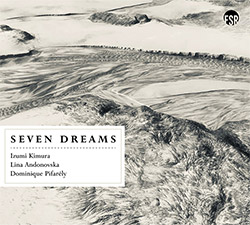
![Deupree, Jerome / Sylvie Courvoisier / Lester St. Louis / Joe Morris: Canyon [2 CDs]](https://www.teuthida.com/productImages/misc4/36404.jpg)

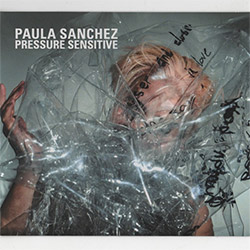

![Eventless Plot | Haarvol: The Subliminal Paths [CASSETTE + DOWNLOAD]](https://www.teuthida.com/productImages/misc4/36232.jpg)

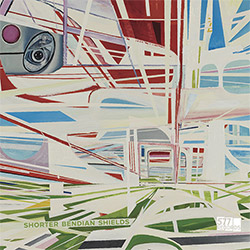
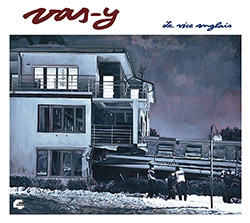
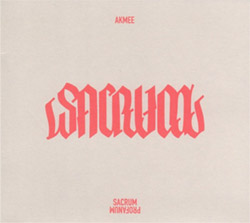

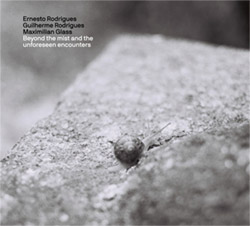
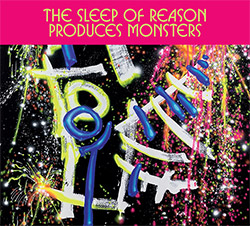
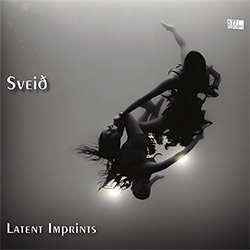
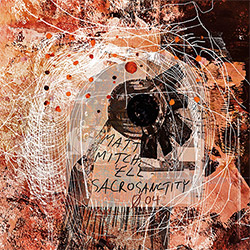
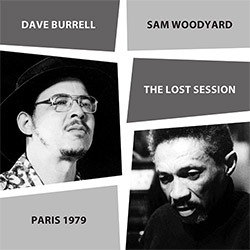
![Eventless Plot | Francesco Covarino: Methexis [CASSETTE + DOWNLOAD]](https://www.teuthida.com/productImages/misc4/36231.jpg)
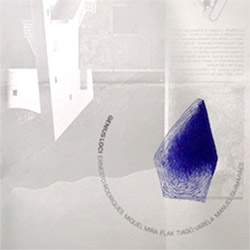
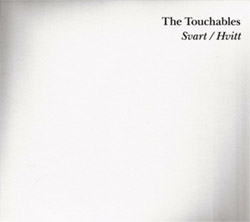
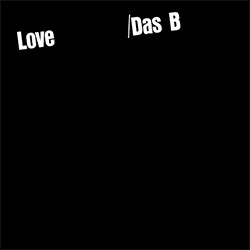
![Das B (Mazen Kerbaj / Mike Majkowski / Magda Mayas / Tony Buck): Love [VINYL]](https://www.teuthida.com/productImages/misc4/36329.jpg)
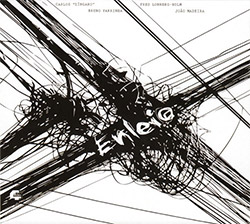

![Eternities: Rides Again [CASSETTE]](https://www.teuthida.com/productImages/misc4/36247.jpg)
![Lopez, Francisco: Untitled (2021-2022) [2 CDs]](https://www.teuthida.com/productImages/misc4/36438.jpg)


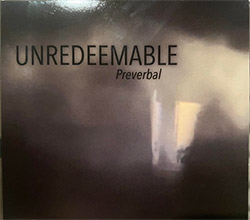
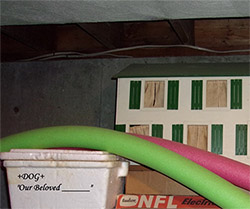
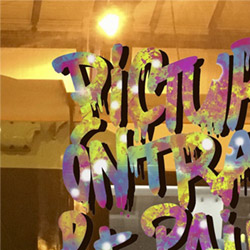
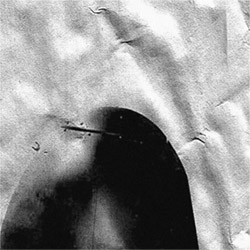
![Money : Money 2 [2 CDs]](https://www.teuthida.com/productImages/misc4/35894.jpg)
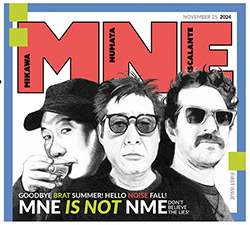

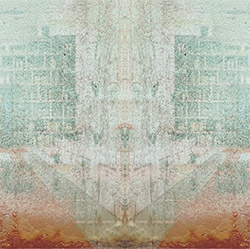
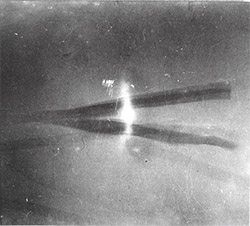
![Klinga, Erik: Elusive Shimmer [VINYL]](https://www.teuthida.com/productImages/misc4/36258.jpg)
![CHANGES TO blind (Phil Zampino): Volume 9 - I Wave on a Fine Vile Mist [CD + DOWNLOAD]](https://www.teuthida.com/productImages/misc4/36061.jpg)

![Wallmart / Rubbish: Asset Protection [split CD]](https://www.teuthida.com/productImages/misc4/35900.jpg)
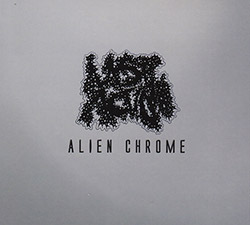
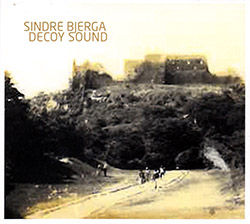
![+Dog+: The Family Music Book Vol. 5 [2 CDs]](https://www.teuthida.com/productImages/misc4/35897.jpg)
![Kuvveti, Deli : Kuslar Soyledi [CASSETTE w/ DOWNLOAD]](https://www.teuthida.com/productImages/misc4/36107.jpg)

![Brown, Dan / Dan Reynolds: Live At The Grange Hall [unauthorized][CASSETTE]](https://www.teuthida.com/productImages/misc4/36245.jpg)


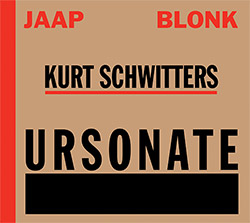
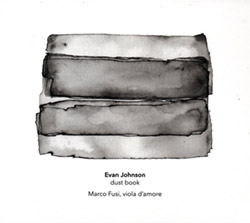
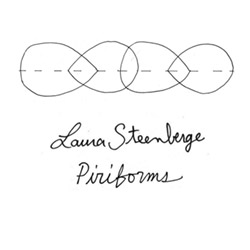
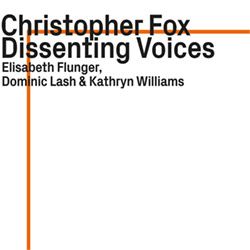

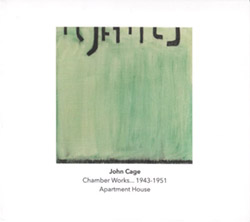
![Palestine, Charlemagne / Seppe Gebruers: Beyondddddd The Notessssss [VINYL]](https://www.teuthida.com/productImages/misc4/36206.jpg)
![Palestine, Charlemagne / Seppe Gebruers: Beyondddddd The Notessssss [NEON GREEN VINYL]](https://www.teuthida.com/productImages/misc4/36207.jpg)
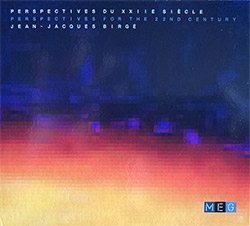
![Laubrock, Ingrid: Purposing The Air [2 CDs]](https://www.teuthida.com/productImages/misc4/35639.jpg)
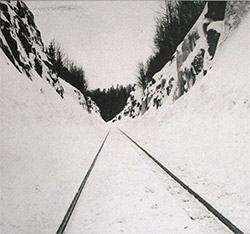
![Yoko, Ono / The Great Learning Orchestra: Selected Recordings From Grapefruit [2 CDs]](https://www.teuthida.com/productImages/misc4/35841.jpg)

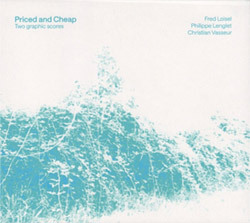
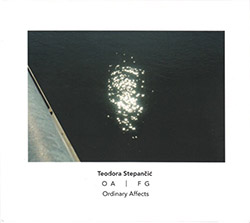
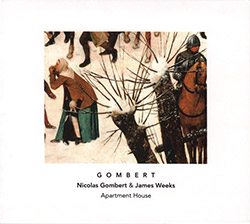

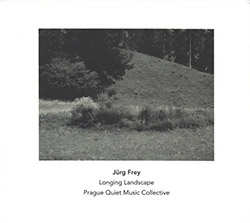
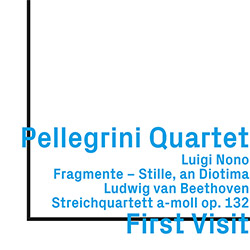

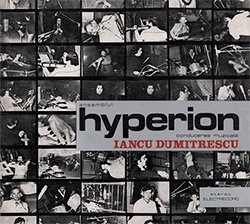
![Zorn, John / JACK Quartet: The Complete String Quartets [2 CDs]](https://www.teuthida.com/productImages/misc4/35609.jpg)
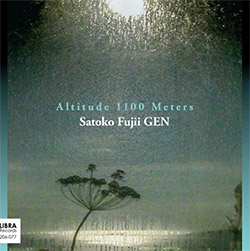
![Lonsdale, Eden: Dawnings [2 CDs]](https://www.teuthida.com/productImages/misc4/35480.jpg)
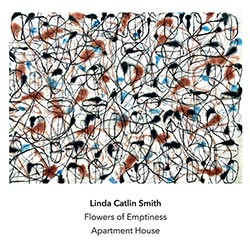
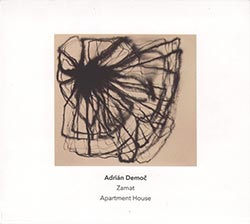

![Sorry For Laughing (G. Whitlow / M. Bates / Dave-Id / E. Ka-Spel): Rain Flowers [2 CDS]](https://www.teuthida.com/productImages/misc4/35985.jpg)

![Rolando, Tommaso / Andy Moor : Biscotti [CASSETTE w/ DOWNLOADS]](https://www.teuthida.com/productImages/misc4/36106.jpg)


![Electric Bird Noise / Derek Roddy: 8-10-22 [CD EP]](https://www.teuthida.com/productImages/misc4/35970.jpg)








![Elephant9 : Mythical River [VINYL]](https://www.teuthida.com/productImages/misc4/34624.jpg)



![Elephant9 with Terje Rypdal: Catching Fire [VINYL 2 LPs]](https://www.teuthida.com/productImages/misc4/35355.jpg)
![Deerlady (Obomsawin, Mali / Magdalena Abrego): Greatest Hits [VINYL]](https://www.teuthida.com/productImages/misc4/34876.jpg)
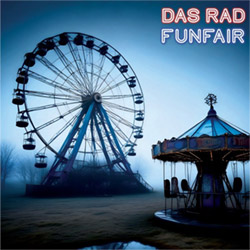
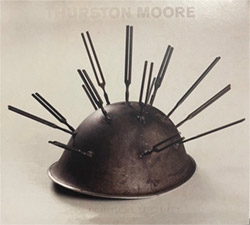
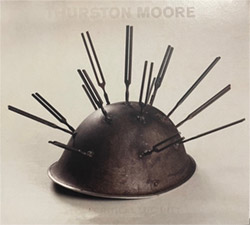
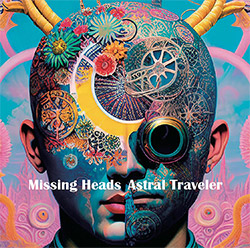
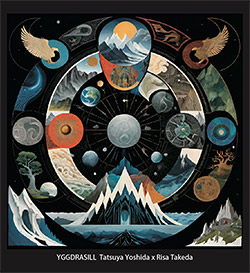
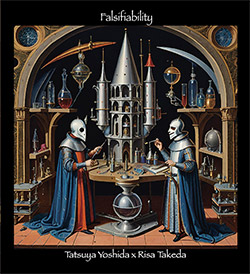
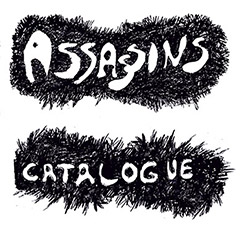
![Surplus 1980: Illusion of Consistency [CD]](https://www.teuthida.com/productImages/misc4/35069.jpg)
![Staiano, Moe: Away Towards the Light [VINYL + DOWNLOAD]](https://www.teuthida.com/productImages/misc4/35037.jpg)
![Coley, Byron: Dating Tips for Touring Bands [VINYL]](https://www.teuthida.com/productImages/misc4/17906.jpg)

![Lost Kisses: My Life is Sad & Funny [DVD]](https://www.teuthida.com/productImages/misc4/lostKissesDVD.jpg)